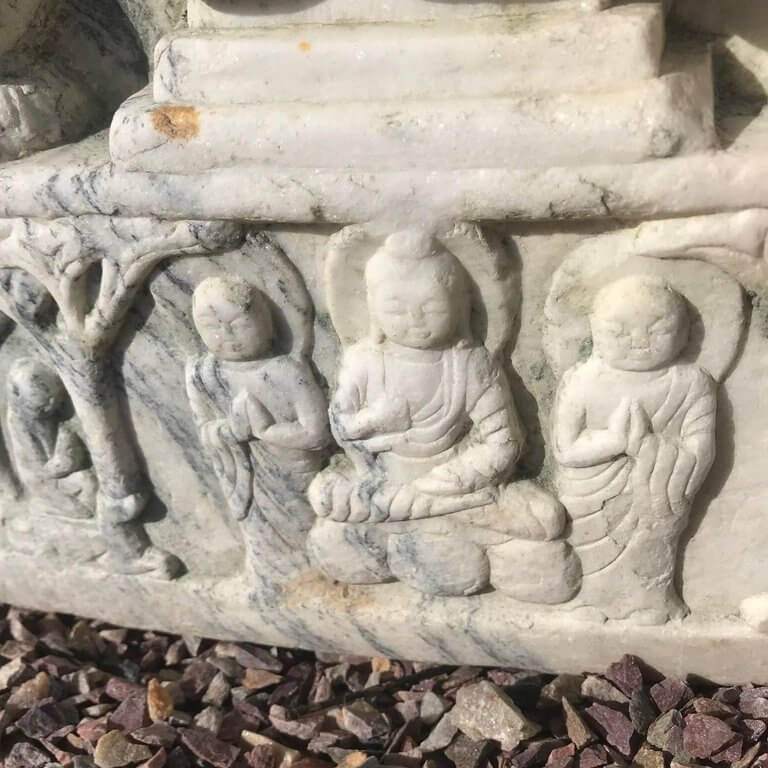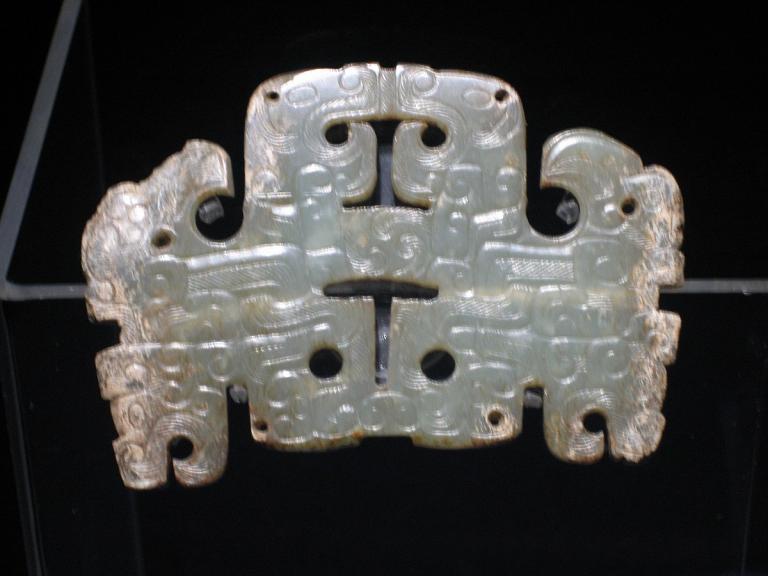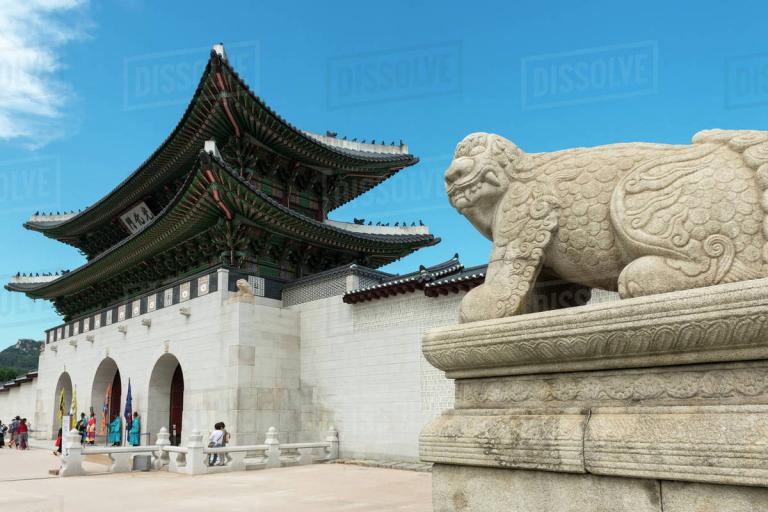Plastic Arts with Oriental Charm
3 min readAs the name implies, the so-call sculpture is creation of three-dimensional visual art forms by means of carving or molding. The emergence and development of sculpture were closely associated with man ‘s production activities and at the same time were directly influenced by the social ideologies of various periods such as culture, religion and philosophy. For example, the Neolithic stone animal sculptures and colored goddess head sculptures unearthed from Hejiawan in Shaanxi, Lingyuan in Liaoning and other places are primitive and simple, reflecting ancient peoples admiration of animals and the course of self-understanding for another example the terracotta warriors and horses of the first emperor of china are mighty and majestic vividly manifesting the power of the imperial army in the early feudal society Sculpture is the crystallization of times, thoughts, feelings and aesthetic views, recording social development visually

There are three basic forms of sculptures: round sculptures, relief sculptures and open-work sculptures. Round sculptures are space-occupying individual sculptures or groups, also called threedimensional statues. A round sculpture’s viewpoints are all visible, and it is generally placed in an environment where it can be seen from all with no background. For special reasons, some round sculptures can only be seen from one to three sides, e.g. Buddhist statues in grottos. The proportion between the tWo-dimensional length and width in parallel with a relief sculpture ‘s shape and floor is unchanged, and only the thickness of the shape is compressed. According to perspective rules, there is a negative correlation between the distance and height and between the distance and thickness. According to the degrees of compression, relief sculptures can be classified into high-relief sculptures, low-relief sculptures and thin relief sculptures. Open-work sculptures, also called hollow sculptures, have hollow backgrounds on the basis of round sculptures or relief sculptures. This form of sculpture is mostly used for relatively small artistic handicrafts

Sculpture as an artistic form originated early in many countries in the world, manifesting the cultural features of different countries and nations. Take Chinese and Western sculpture, for example. In contrast, Chinese sculpture is more impressionistic, and Western sculpture is more realistic. Chinese ancient sculptors did not deliberately pursue anatomical principles and visual resemblance while shaping figures and animals but attached great importance to expression of emotions and thoughts, while Western sculptures often integrate concepts into stereotyped geometric forms. Most traditional figure sculptures and modern abstract sculptures generalize change and movement of forms this way. In particular, in ancient Greek and during the Renaissance,”similarity in form”almost had a bearing on a sculpture’s success. On the contrary, China’s artistic creation standard of emphasizing “similarity in spirit”instead of pursuing “similarity in form”greatly influenced Chinese traditional sculpture and even other plastic arts, and caused the differences between ancient Chinese and Western aesthetic views on shaping theories.
Chinese traditional sculptures can be classified into four types according to their uses: mausoleum sculptures, religious sculptures, architectural sculptures, and craft sculptures. The development of Chinese sculpture was often closely related to the development of history, and was often easily influenced by the historical background.Its prosperity or decline coincided with the prosperity or decline of the national power in most cases. In ancient times, plain pottery sculptures reflected the peace and quietness of that period; in the Shang and Zhou dynasties, mysterious bronze sculptures manifested a kind of hideous beauty; in the Qin and Han dynasties, the Zeitgeist of pressing forward with indomitable will shaped the magnificent terracotta warriors and horses and the light and agile bronze horses; in the Northern and Southern Dynasties, the spread of Buddhism in China led to distribution of grottos and niches for Buddhist statues from the region north of the Great Wall to the region south of the lower reaches of the Yangtze River; in the peak period of the Tang Dynasty, huge Buddhist statues showed Chinese people’s confidence and broad-mindedness; from the Song Dynasty to the Ming and Qing dynasties, the increasingly refined and exquisite sculptures reflected the characteristics of the times: the supremacy of imperial power in the feudal society and the increasingly high requirements for enjoyment; in the modern times, Chinese sculpture was influencedby Western sculpture to some extent and thus acquired an exotic style; after the founding of the People’s Republic of China, especially after the beginning of reform and opening up, Chinese sculpture showed diverse features in an increasingly open environment.









